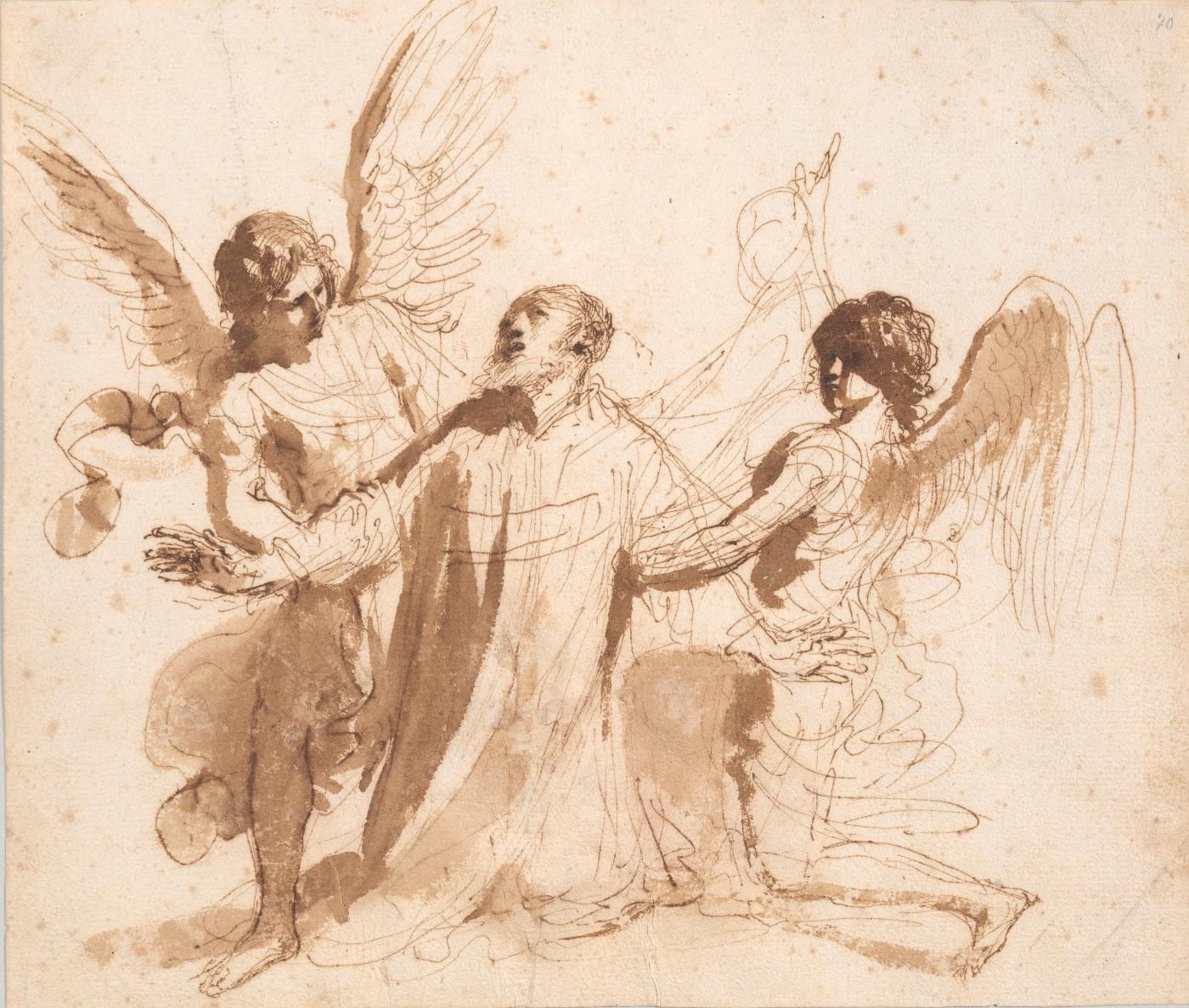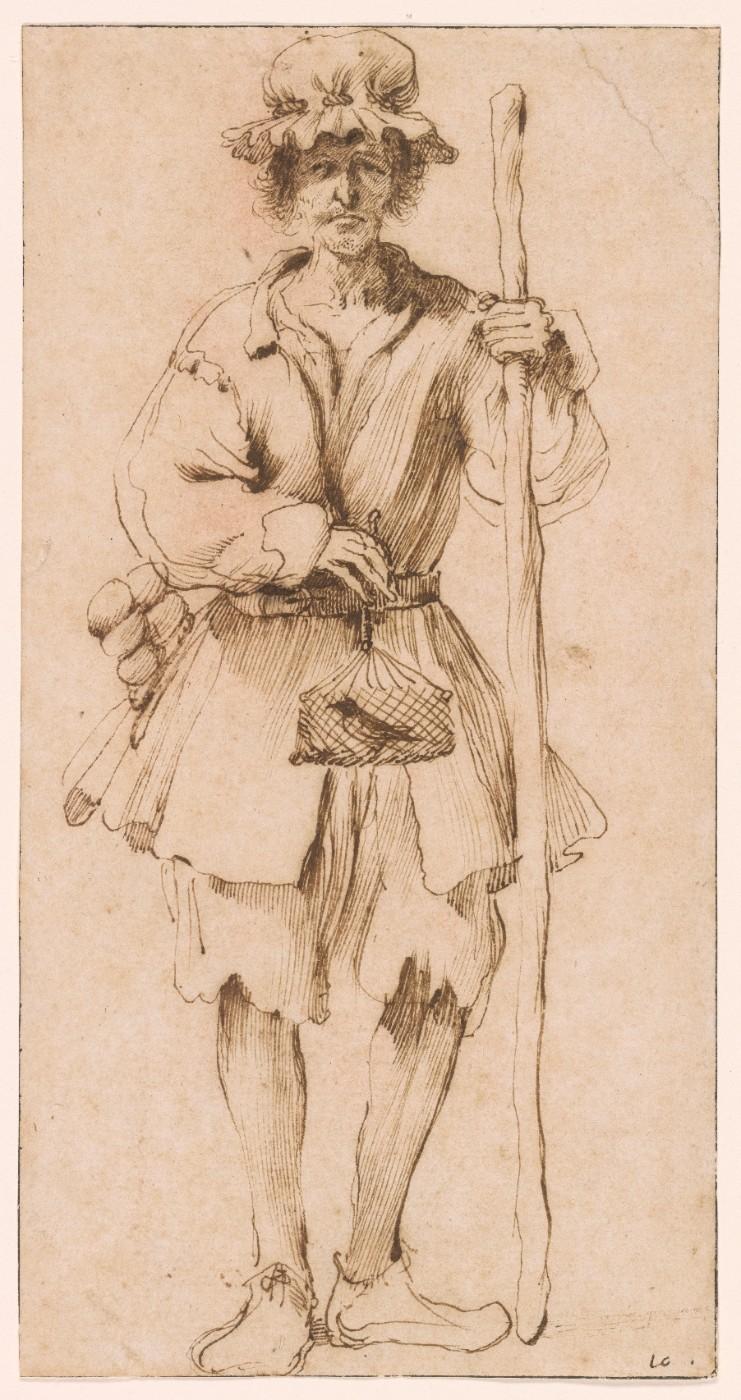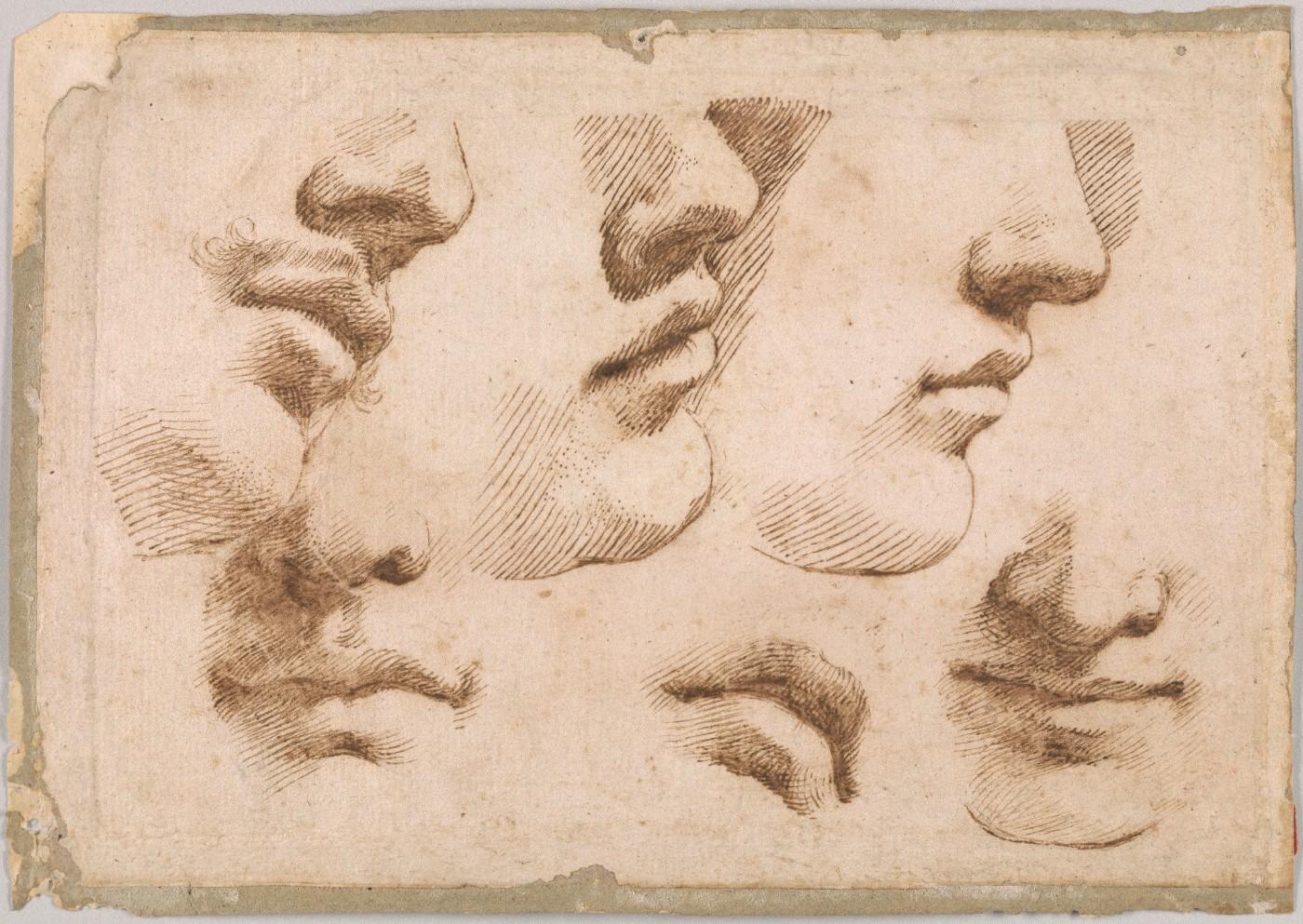Guercino: Virtuoso Draftsman will include sheets from all moments of the artist’s career. His early awareness of the work of the Carracci in Bologna is documented by figures drawn from everyday life, as well as brilliant caricatures; two drawings for Guercino’s own drawing manual are further testament to his interest in questions of academic practice. Following his career, a range of preparatory drawings includes studies made in connection with his earliest altarpieces in addition to his mature masterpieces, including multiple studies for several projects, allowing the visitor to see Guercino’s mind at work as he reconsidered his ideas. The Morgan’s holdings also include studies for engravings as well as highly finished landscape and figure drawings that were independent works. While some of the Morgan’s Guercino drawings are well known, they have never been exhibited or published as a group before, and the selection on view in the exhibition will include a number of new acquisitions.
The majority of Guercino’s drawings were preparatory studies for paintings, and his practice was typical for seventeenth-century Italy. From the beginning of his career, Guercino produced not only altarpieces, but also cabinet pictures—of sacred and secular subject matter— in equal numbers. A work such as his Madonna del Carmine and saints, connected with an altarpiece commission, is a characteristic early drawing. Guercino’s distinctively energetic pen lines are already evident, and the multiple layers of wash indicate that the dramatic chiaroscuro characterizing his early paintings was also an element of his thinking as he worked out the composition in drawing.


























![DEl Kathryn Barton [Australian b. 1972] the more than human love , 2025 Acrylic on French linen 78 3/4 x 137 3/4 inches 200 x 350 cm Framed dimensions: 79 7/8 x 139 inches 203 x 353 cm](/sites/default/files/styles/image_5_column/public/ab15211bartonthe-more-human-lovelg.jpg?itok=wW_Qrve3)



